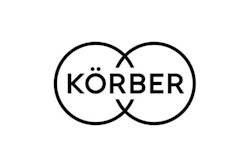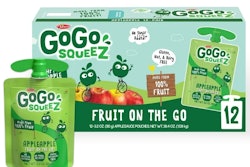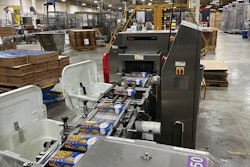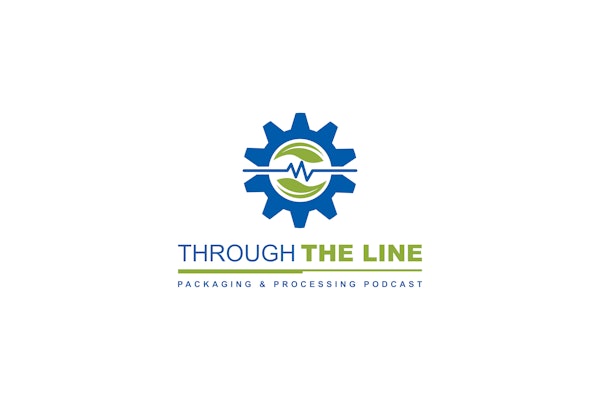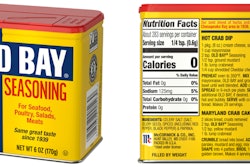
Packaging is interdisciplinary, influencing (and being influenced by) other disciplines within an organization. An example is the interdependence among packaging, shelf-life testing, and expiration dating. Although his article pertains to food, some aspects apply to other product categories, such as drugs and medical devices. There are differences, however, such as regulations, that deserve their own article.
Shelf life starts at the time a food is packaged and ends when the food quality fails to meet consumers’ requirements. Shelf life, therefore, is a quality concept which is not to be confused with a safety concept, although the two are linked. To illustrate, it’s often the case that a food remains safe, but has lost too much of one or more characteristics valued by consumers.
Packaging protects and is one of several key factors that impacts shelf life. Another is the product’s ingredients, e.g., preservatives. Yet another factor is the type of processing, such as hot fill, aseptic, modified atmosphere (MAP), and vacuum, which are as much packaging operations as they are processing operations. A more dispersed factor is the supply chain, and specifically, its conditions of storage and handling.
The more that a company knows about shelf life, the more that company can leverage shelf life strategically. The optimal shelf life for a given product can be a thorny determination, involving a host of trade-offs. The absence or minimum use of preservatives might sway the purchase decision for certain consumers, but those same consumers might want minimum packaging, or dislike certain types of packaging, say, plastics. There also is a competitive aspect to shelf life, how that of one product compares to that of others in the same (or substitutable) category. Consumers are vested parties of that comparison, but so too, are retailers. The latter are concerned with product turnover and don’t want to be left with product that has to be discarded or donated. On a related note, retailers represent how widespread a product’s distribution is. As geographic coverage expands, the product spends a greater portion of its shelf life in transit, subtracting from the portion spent at retail.
The best way to determine a product’s shelf life is by testing. Shelf-life testing is not the same as safety testing, which should precede shelf-life testing. Safety testing measures the presence of pathogens and is an ongoing component of quality assurance (QA). Safety testing need not, and for most times is not, performed on the packaged product. Another type of testing that’s not to be confused with shelf-life testing is compatibility testing of food-contact packaging. There, the objective is to determine whether substances from the packaging migrate into the food. A company may forego compatibility testing if the packaging material’s proven history justifies.

